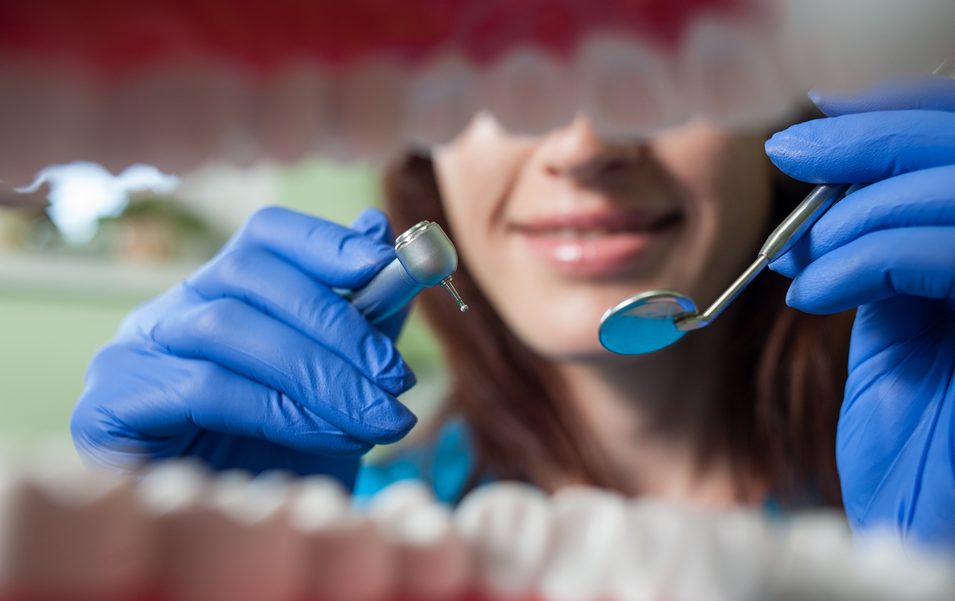Regenerative Endodontics
 Admin - Endodontics
Admin - Endodontics
 Feb 6, 2024
Feb 6, 2024
Regenerative Endodontics
Regenerative endodontics is a revolutionary branch within dental medicine that is centered around the concept of tissue engineering and regeneration to restore damaged or diseased dental pulp. Unlike traditional endodontic treatments such as root canal therapy, which essentially “clean out” and fill diseased or dead pulp, regenerative endodontics aims to revive the tissue, allowing for continued tooth development and vitality.
The primary goals include
Stimulating the growth of the pulp-dentin complex
Enabling root maturation in immature permanent teeth, which helps reinforce the structure
Potentially avoiding the need for more complex dental procedures later on
Applications in Dental Medicine
Regenerative endodontics is particularly applicable to cases involving apexogenesis and apexification in immature permanent teeth with pulp necrosis. Such treatments can result in continued root development and thicker dentinal walls, which ultimately provide a better seal against bacterial infiltration and improve long-term tooth prognosis.
Techniques
The common techniques in regenerative endodontics may involve
Disinfection of the root canal system using a gentle antibacterial agent
Creating a suitable environment for stem cells by introducing a scaffold—such as a blood clot, platelet-rich plasma, or hydrogels
Encouraging stem cells from the apical papilla to differentiate and proliferate
Sealing the root canal with appropriate materials, usually using MTA (Mineral Trioxide Aggregate) or similar biocompatible materials
Materials Used
Materials play a crucial role in the success of regenerative endodontic procedures
Some commonly used materials are
Bioceramics like MTA
Collagen, as a scaffold
Antimicrobial agents such as chlorhexidine and antibiotics for root canal disinfection
Success Rates
Success rates for regenerative endodontic procedures are promising, with a majority of patients showing significant healing and absence of symptoms. However, these procedures are still relatively new, and long-term data regarding outcomes are continuously being studied.
Emerging Trends
The field of regenerative endodontics is dynamic and rapidly evolving
Emerging trends include
Using advanced imaging techniques to monitor tissue regeneration
Exploring different stem cell types and biological molecules to enhance regeneration
Development of new scaffolding materials tailored for dental applications
Moreover, ongoing clinical trials and studies aim to refine techniques, improve success rates, and expand the indications for regenerative procedures. As the field of regenerative medicine advances, the intersection with endodontic practice promises to bring novel opportunities for patient care.
It is worth noting that as this is a burgeoning area of study, it is essential to remain updated with scholarly articles, clinical trials, and the latest guidelines from professional bodies such as the American Association of Endodontists (AAE).
This cursory overview offers a glimpse into the current state of regenerative endodontics. Given the purpose of this information request, further detailed study and review of clinical research papers would be beneficial to gain a comprehensive understanding of this innovative and exciting field of dental medicine.
Trending News
-

New Device Detects Gingivitis Early Admin
-

Non Toxic Dental Fillings : BPA, BHT, HMBP, DPCL, TPSb, HEMA, TEGDMA Free Admin
-

The Benefits of Eating Fish for Your Teeth and Gums Admin
-

Why Root Canals Fail? | The Usual Suspects Meredith Y. Newman Endodontist Fresno
-

Exploring Dental Implants as a Tooth Replacement Option Admin
